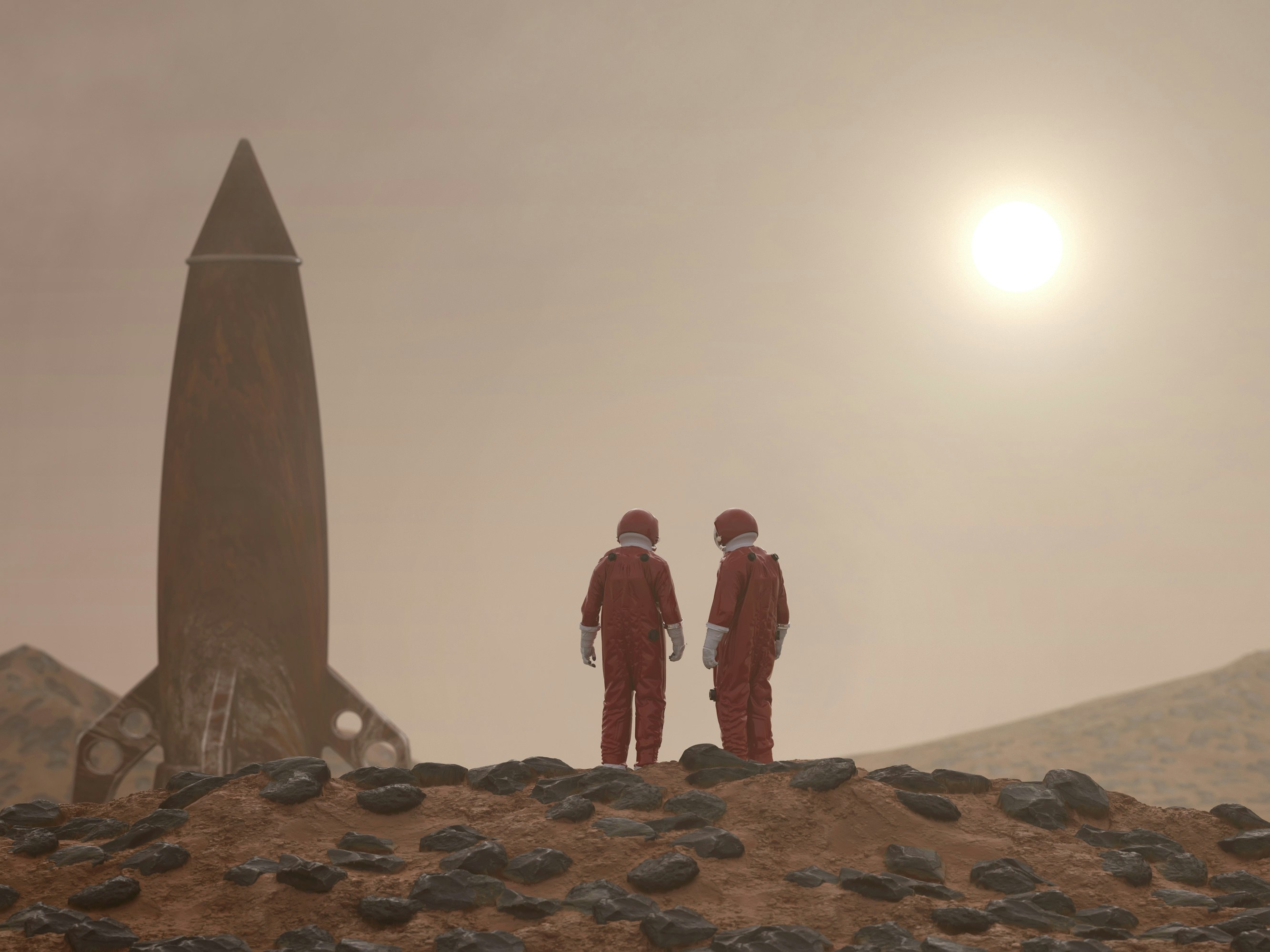

The concept of manufacturing in space is no longer science fiction. With the advent of 3D printing, we are on the brink of a new era in space exploration and development. This article delves into the transformative potential of 3D printing in space, examining its applications, benefits, challenges, and the future of off-world manufacturing.
Table of Contents
The Importance of 3D Printing in Space
Space missions are constrained by the limitations of carrying all necessary tools, equipment, and spare parts from Earth. 3D printing offers a solution by enabling the in-situ manufacturing of components, reducing payload weights, and increasing mission flexibility.
Key Benefits of 3D Printing in Space
- Reduced Payload Weight: Lower launch costs by minimizing the number of items transported from Earth.
- Enhanced Mission Flexibility: Manufacture tools and parts on-demand based on mission requirements.
- Extended Mission Duration: Support longer missions with the ability to produce necessary items in space.
How 3D Printing Works in Space
3D printing in space utilizes similar principles as on Earth but must account for unique challenges such as microgravity, limited resources, and extreme environmental conditions.
Key Technologies and Techniques
- Fused Deposition Modeling (FDM): Widely used for its simplicity and adaptability to different materials.
- Stereolithography (SLA): Employed for high-precision parts, often using photopolymer resins.
- Selective Laser Sintering (SLS): Suitable for creating durable parts from powdered materials.
Applications of 3D Printing in Space
The applications of 3D printing in space are vast and varied, spanning across different aspects of space exploration and development.
Spacecraft and Satellite Components
- Structural Parts: Manufacture structural elements of spacecraft and satellites.
- Antennas and Sensors: Produce customized antennas and sensor housings.
Tools and Repair Parts
- On-Demand Tools: Create specific tools required for maintenance and repairs.
- Spare Parts: Fabricate replacement parts for equipment and systems.
Habitat Construction
- Lunar and Martian Bases: Develop construction materials for building habitats on the Moon and Mars.
- Regolith Utilization: Use local materials (regolith) to print building components, reducing the need for Earth-sourced materials.
Case Studies and Real-World Examples
Several space agencies and private companies have already demonstrated the potential of 3D printing in space.
NASA and the International Space Station (ISS)
NASA has been at the forefront of integrating 3D printing into space missions. The International Space Station (ISS) serves as a testbed for many of these technologies.
The Zero-G Printer
- First 3D Printer in Space: Launched in 2014, it demonstrated the feasibility of 3D printing in microgravity.
- Produced Tools and Parts: Successfully printed various tools and spare parts, showcasing practical applications.
Made In Space
Made In Space, a company specializing in in-space manufacturing, has partnered with NASA and other organizations to advance 3D printing capabilities.
The Additive Manufacturing Facility (AMF)
- Permanent 3D Printing Facility on ISS: Provides ongoing 3D printing services for research and operational needs.
- Custom Parts and Experiments: Facilitates the creation of custom parts and supports scientific experiments.
Challenges and Considerations
While the potential of 3D printing in space is immense, there are significant challenges and considerations to address.
Microgravity Effects
Microgravity can affect the behavior of materials and the 3D printing process itself. Ensuring consistent quality and performance of printed items requires careful adaptation of printing techniques.
Material Selection
Selecting appropriate materials that can withstand the harsh conditions of space is crucial. This includes resistance to temperature extremes, radiation, and vacuum.
Resource Limitations
In-situ resource utilization (ISRU) aims to use local materials, but the refinement and preparation of these materials for 3D printing present additional challenges.
The Future of 3D Printing in Space
The future of 3D printing in space holds exciting possibilities, with ongoing advancements poised to expand its applications and impact.
Advanced Manufacturing Techniques
- Hybrid Manufacturing: Combining 3D printing with traditional manufacturing methods to enhance capabilities.
- Automated Construction: Developing autonomous systems for constructing habitats and infrastructure on other celestial bodies.
Space Exploration and Colonization
- Sustainable Space Settlements: Enabling the construction of self-sustaining habitats and colonies on the Moon, Mars, and beyond.
- Deep Space Missions: Supporting long-duration missions to distant destinations by providing on-demand manufacturing capabilities.
Commercial Opportunities
- Space-Based Manufacturing: Establishing factories in space to produce high-value items such as pharmaceuticals and advanced materials.
- Orbital Infrastructure: Building and maintaining orbital habitats, space stations, and other infrastructure.
3D printing in space is revolutionizing how we approach space exploration and development. By enabling on-demand manufacturing of tools, parts, and even habitats, it reduces reliance on Earth-based resources and enhances the sustainability and flexibility of space missions. As technology advances, the potential for 3D printing in space will continue to expand, opening new frontiers for innovation and human presence beyond Earth.
